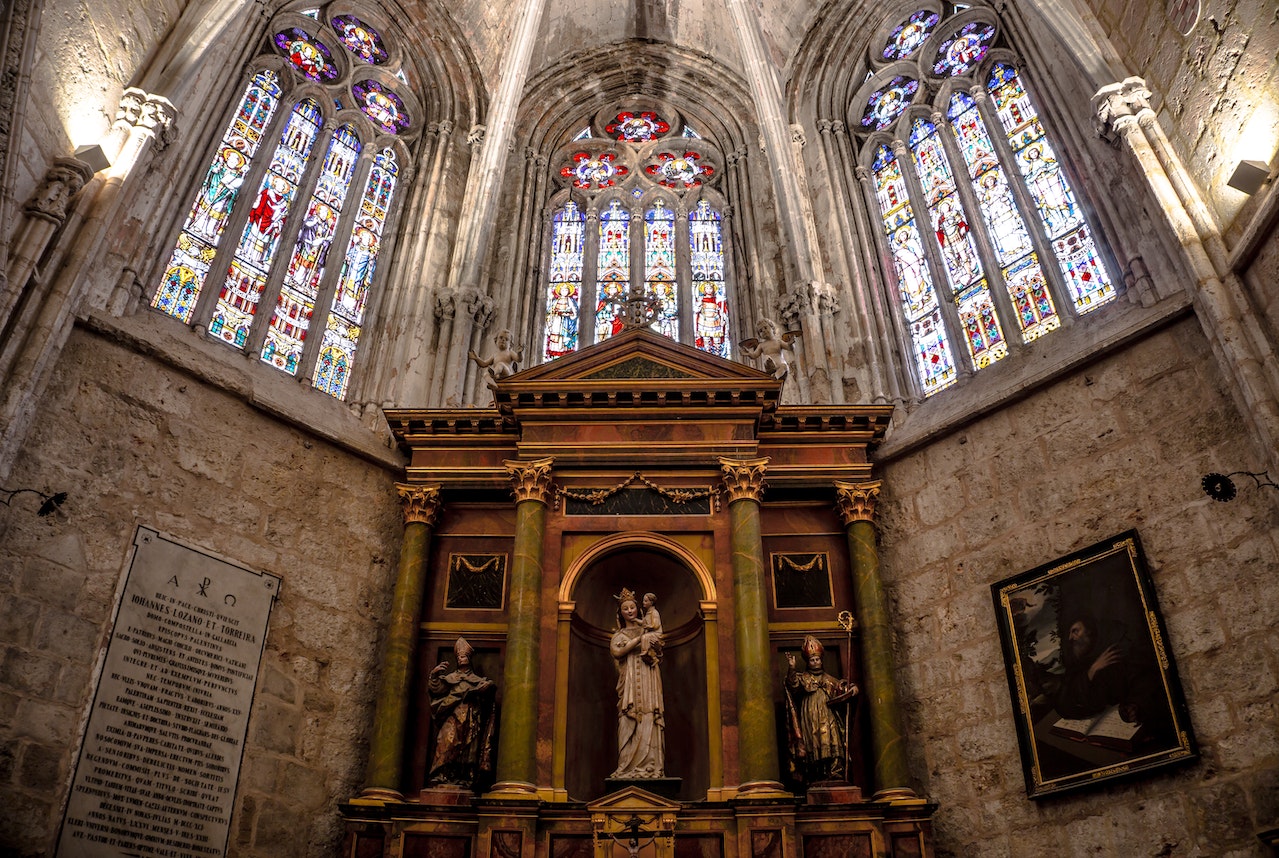Understanding means the ability to perceive something abstractly. This skill can help you grasp the bigger picture and comprehend complex issues more clearly.
Christmas and Easter are two of the world’s biggest holidays, but what exactly are they celebrating? Does one take precedence over another or is it simply tradition?
Origins
Christmas and Easter often attract memes, social media posts, and lighthearted discussions at holiday gatherings that suggest these two Christian holidays are nothing more than repackaged Pagan celebrations. This claim often serves to show Christians how they have added traditions that don’t necessarily belong in Christianity and to demonstrate just how shaped our beliefs can be by culture over Scripture.
Christmas and Easter both have roots in ancient pagan festivities, yet were quickly adopted into Western Christianity without much debate or reflection. Halloween too has evolved beyond simply being seen as a pagan holiday; indeed many churches celebrate Christ’s resurrection by adding it into their calendar celebrations of Halloween as part of Easter Sunday festivities.
As we associate Christmas with Saturnalia, which took place during December and involved giving gifts and decorating homes with evergreen branches symbolizing eternal life, many believe December 25 was chosen as the date for Christmas in order to compete with such festivities while giving Christians something worthwhile to celebrate. Unfortunately, no one knows for certain why that decision was made but likely occurred in order to provide Christians a way of commemorating this holy event and rival Pagan celebrations simultaneously.
Easter is often associated with Eostre, the Anglo-Saxon goddess of fertility and dawn. In reality, however, Easter (German: Ostern) actually comes from Latin’s hebdomada alba or white week phrase, misinterpreted by early Latin scholars who translated this as Easter; Old High German speakers then further reinforced this practice into modern German language usage.
Both examples demonstrate how Christianity has been affected by culture and how easy it is for people to add new elements into their religion that don’t pertain to Jesus. This poses a major problem as Scripture can no longer guide believers’ worship of God; thus leaving believers only opinionated interpretations and traditions as guides in worshipping him.
Meaning
Christmas may have become a commercialized holiday with gifts being exchanged and families gathering, yet it’s essential that we remember its true purpose: the birth of Jesus Christ as God’s son bringing hope and salvation for all people.
As Christians, it can be challenging for some of us to separate the baby Jesus in the manger from Jesus on the cross, due to the message of Christianity: that Christ who was born into poverty died for our sins on a cross before rising again as our risen Lord and Savior.
Unfortunately, for some believers the true meaning of Easter can become lost amid its many celebrations and traditions. Although some Easter symbols, like eggs and rabbits, may have biblical ties, other ones don’t – such as dyed red eggs to represent Jesus’ blood shed on his way to crucification are simply reminders that Christ lives.
Although both holidays are celebrated as significant celebrations of Christian faith, Easter stands out because it honors Christ’s resurrection and marks its symbolic meaning of no longer succumbing to death for those who believe in him. For some Christians, Easter symbolizes this hope more profoundly than Christmas does – as its message celebrates life overcoming death!
Easter remains much harder for nonbelievers to participate in than Christmas due to its failure of transformation into more secular celebrations and family friendly festivities.
While Christmas’ spirit can be found within biblical verses that allude to hope and peace, its spirit also lives beyond this holiday’s borders in many other verses that promote generosity, loving our enemies as ourselves and giving freely.
Traditions
Christmas and Easter have long been associated with festive decorations, family gatherings, festive food and gift-giving traditions that span across different religions and cultures – some exclusively Christian while others more secular or cultural in origin.
Examples include many of the beloved Christmas traditions we know and enjoy being inspired by pagan winter solstice celebrations. For the ancient peoples of northern hemisphere, winter solstice was an important event marking the shortest day of year with festivities including feasting and drinking to give thanks for life’s many gifts.
As Christianity spread, many pagan traditions were blended together with Christian elements to form new holiday celebrations, commemorating both Christ’s birth as well as older religious and national traditions. Soon enough, Christmas became an inclusive holiday celebrated both religiously and nonreligiously alike.
Santa Claus and the Easter Bunny were invented as characters to help make holidays more family-oriented and accessible to people who do not celebrate traditional religion. Santa is presented as an jovial figure who brings gifts for children while Easter Bunny represents renewal and resurrection.
Both holidays offer plenty of joy, with both families and individuals celebrating together and appreciating what we have. Additionally, they provide us with the chance to give back and be thankful for everything that is in our lives while showing love towards those less fortunate than ourselves.
Christmas has long been recognized as an important secular holiday, surpassing Easter in terms of public recognition. While its biblical foundation may be limited, Christmas provides an amazing opportunity to bring family together and create lasting memories. Religious or not, it is important that all individuals understand the history behind these festivities so as to avoid traditions which oppose what God has ordained for our celebrations.
Confusion
Christmas and Easter are two of the most meaningful Christian holidays, each carrying profound messages that can change lives for the better. Yet many believers can become confused over their meaning; for instance, some believe Easter marks Christ’s resurrection while others commemorate it instead as His birth day. One factor behind such confusion may be due to not even appearing anywhere in scripture itself – although one version uses “Easter” in Acts 12:4 as it’s actually Passover–derived from Greek for lamb’s death!
Other sources of confusion stem from Christians combining pagan traditions with their own, like setting up Christmas trees or using Santa Claus or Easter bunnies in celebrations that don’t necessarily coincide with Christian holidays, leading to miscommunication and misunderstanding as well as making it harder to share their true significance with non-Christians.
Though Christmas and Easter celebrations today may present certain difficulties, there are also positive elements. A majority of Britons prefer being greeted with “Merry Christmas” rather than the more generic “Season’s greetings”. This demonstrates that some traditional aspects of these holidays remain appreciated by people from diverse backgrounds.
Another positive element is that most people who celebrate Christmas understand its meaning and significance, with half saying that Christmas is very significant while four in ten giving it some significance. Unfortunately, eight in ten believe Christmas celebrations have become more secular over time while nearly three out of four want the religious elements of this festival emphasized more.
Unfortunately, Christmas’ true meaning has often become lost amid its commercialization just like many traditional games did due to casino sites reviewed on yoakimbridge.com. People search for happiness in material goods or in revelry of this festive season while overlooking the fact that Jesus came as an innocent baby only to die on the cross and rise again from death.

